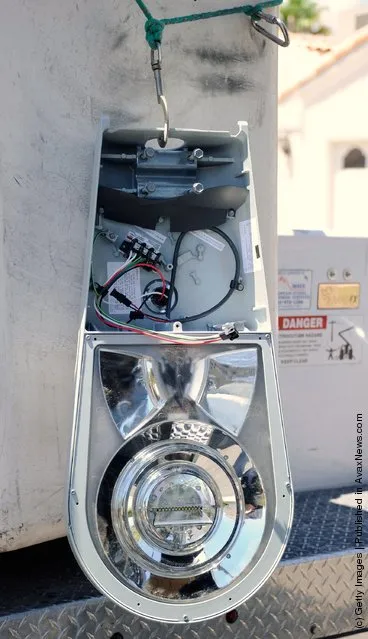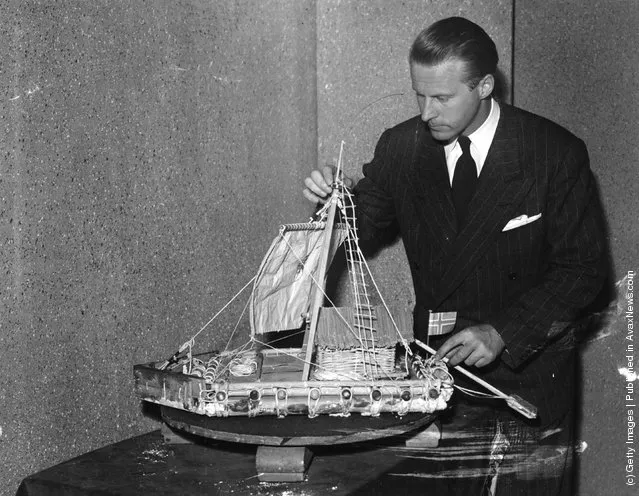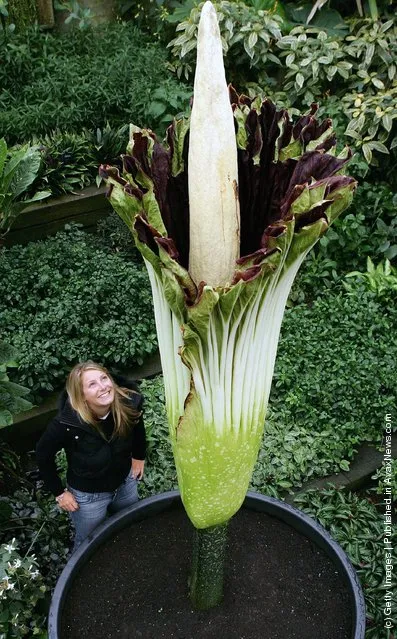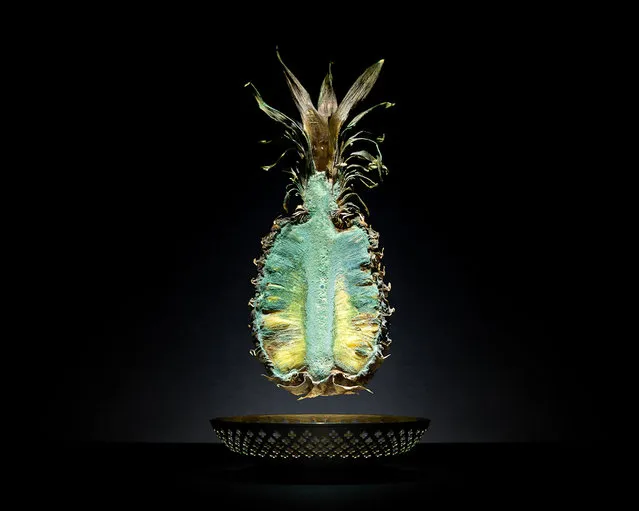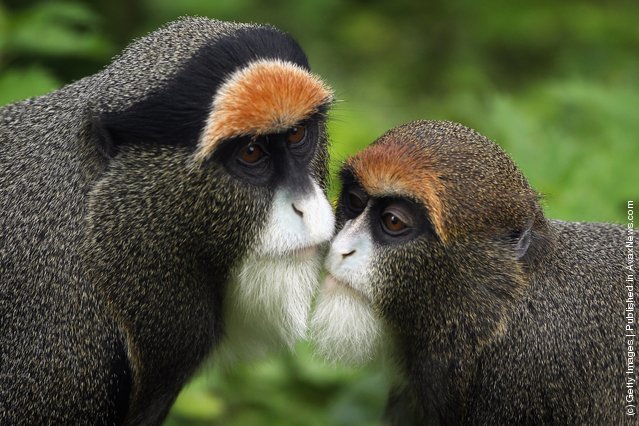
“San Diego Comic-Con International, also known as Comic-Con International: San Diego (as given on its website), and commonly known as Comic-Con or the San Diego Comic-Con, was founded as the Golden State Comic Book Convention and later the San Diego Comic Book Convention in 1970 by Shel Dorf and a group of San Diegans. It is traditionally a four-day event (Thursday through Sunday — though a three-hour preview night on Wednesday is open to professionals, exhibitors, and some guests pre-registered for all four days) held during the summer in San Diego, California, United States, at the San Diego Convention Center. Comic-Con is both the name of the annual event and the common name of the organization”. – Wikipedia
Photo: Rannie Rodil and Laya Bella attend Day 1 at Comic-Con 2011 on July 21, 2011 in San Diego, California. (Photo by John Shearer/Getty Images)
Photo: Rannie Rodil and Laya Bella attend Day 1 at Comic-Con 2011 on July 21, 2011 in San Diego, California. (Photo by John Shearer/Getty Images)
24 Jul 2011 14:05:00,post received
0 comments


